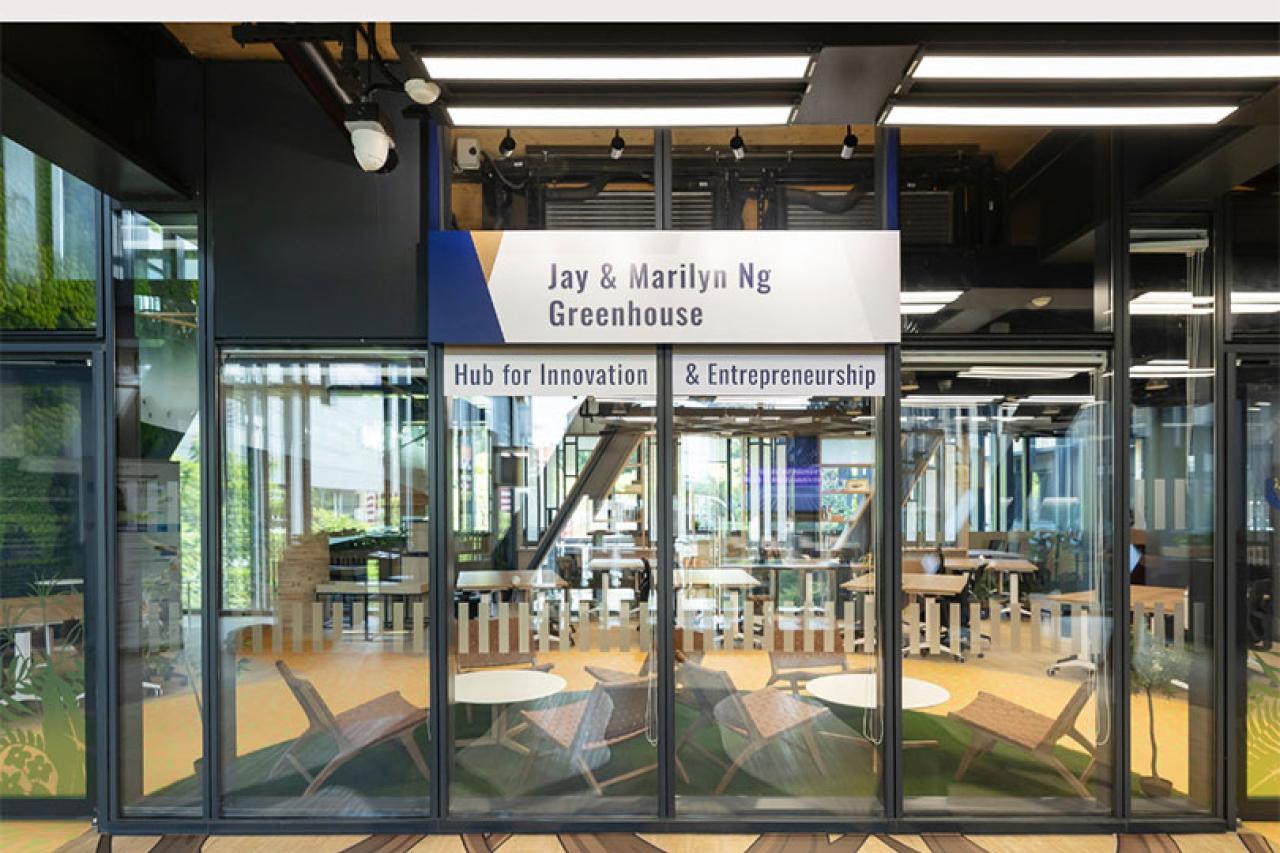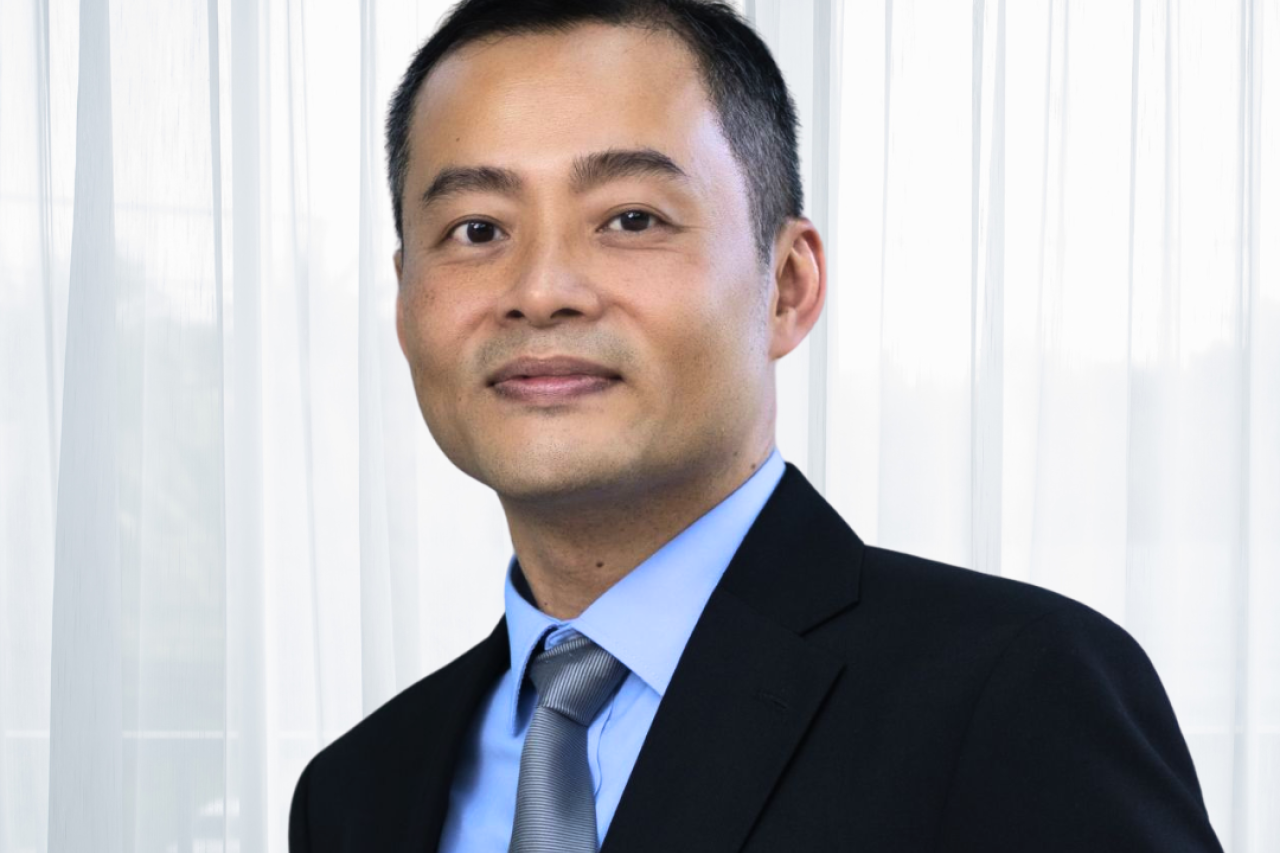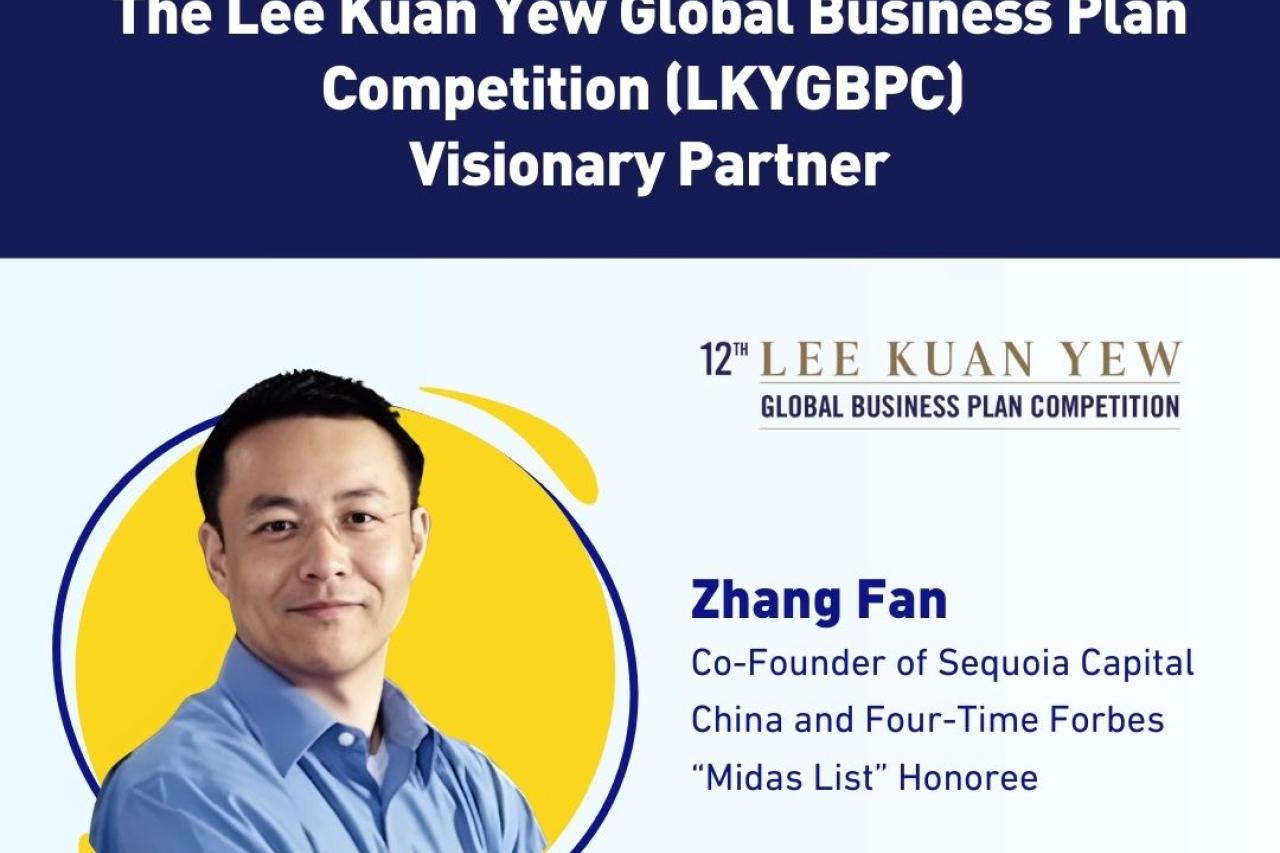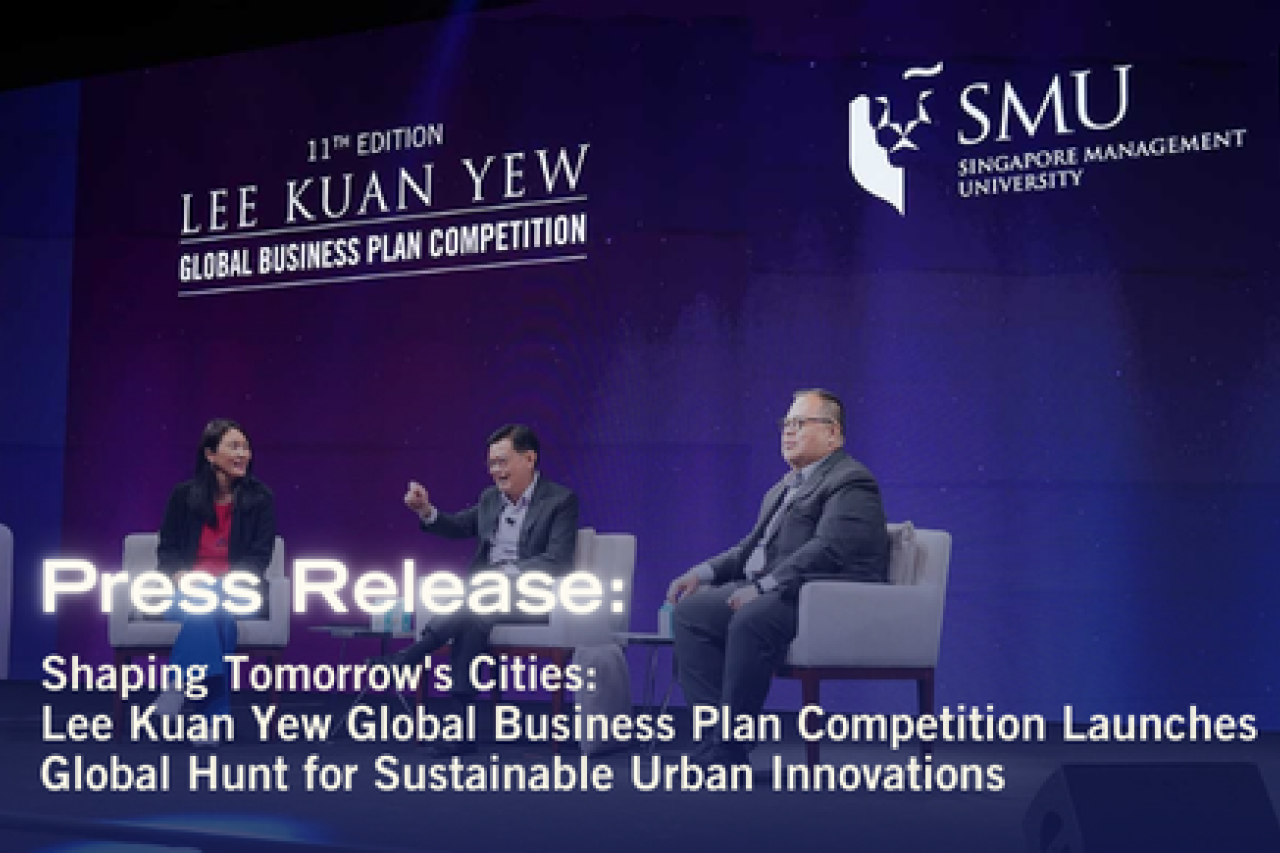What could we learn from China’s National AI Team (国家队) Strategy
Sunday Dec 08,2019 | IIE News
The notion of a national team is usually associated with sports teams representing the nation on the global stage for a shot at glory. These days, with Artificial Intelligence (AI) developments all the rage, nations are creating national teams for the race towards AI superiority. Amidst all the hype that one is exposed to in the media over the possible doomsday scenario about how AI could ruin our lives, governments and businesses across the globe are rapidly positioning themselves to ride the next wave of change.
In 2017, China’s Ministry of Science and Technology (MOST) handpicked 4 of its technology giants, forming a ‘national team’ to lead the way in building open innovation platforms that are accessible through Application Programming Interfaces (APIs). This initiative was created to foster participation and hence innovation in sectors that will increasingly be powered by AI technologies in an effort to support the entrepreneurship of small and medium sized enterprises (SMEs). This national team is expected to contribute in areas such as research and development, sharing data, open source software and ecosystem participation. Moreover, MOST is very supportive in encouraging the deployment of these technologies at the provincial level. This includes providing resources and access to city infrastructure to allow for proof of concepts to scale. (DigiChina,2019)
“If we do not master the core technologies, we will be building roofs on other people’s walls and planting vegetables in other people’s yards,” said Alibaba founder Jack Ma shortly after Huawei was targeted. By 2019, this national team expanded further with the addition of 11 technology giants to increase the pace of AI development as China’s decoupling from the United States (US) is accelerated by the Trump administration’s blacklist of Chinese technology companies of which many are from this national team.
During SmuAI’s recent visit to Tencent’s headquarter and incubation lab in Shenzhen (China), we got a glimpse into the technology giant’s strategy as being part of the national team. Tencent is known for two things above all else, WeChat and mobile games. However, after the whole saga over the government freezing video game licenses, Tencent has decided to rapidly diversify its portfolio and revenue streams to focus on previously non-core businesses. It currently has about 4 Main AI labs specialising solely on Research and Development and has very strong ties with tertiary institutions in China to co-create solutions and mentor data scientists.
One of Tencent’s first attempt at AI in healthcare was in its Miying platform that aims to assist doctors with the screening of medical images for conditions such as oesophageal cancer, cervical cancer, etc. and this platform has been very well received among the top tier hospitals in China. Towards the end of 2018, they presented their work at Medical AI Lab, its second layout at AI in healthcare. This lab targets research in AI assisted diagnosis of Parkinson’s disease by applying video analytics to analyse the motions of the patient, reducing the assessment duration by 10 times. The company plans to develop mobile healthcare and other internet medical tools on top of the healthcare process optimization products. (SyncedChina, 2018)
Tencent is also making great strides on other fronts as a team from their security lab managed to demonstrate ways to fool the AI algorithms in a Tesla car by identifying weak points in the neural networks and altering the data fed to the car sensors. In one case, lane markings on the road were modified slightly to confuse the autonomous driving system so that it drove over them and into the lane for oncoming traffic.
Moreover, Tencent views its cloud division as a foundational pillar to its AI strategy and is rapidly expanding throughout the Asia Pacific region (APAC). Based on the past year alone, Tencent cloud has deployed many smart project solutions across various verticals from education, healthcare, retail to smart manufacturing. Private Technology firms like Tencent are also very closely interwoven with the government in terms of making investment decisions as well. The government is one of the main stakeholders in its investment strategy to ensure that there is as much alignment as possible between the direction of both the market players and the policy makers.
Closer to home, Singapore released its National AI Strategy (NAIS) 2 weeks ago at the inaugural SFF X SWITCH conference and it aims to build itself into a world leader in developing and deploying AI solutions by 2030. The plan focuses on targeting AI applications in transport and logistics planning, municipal services, detection and management of chronic diseases, personalised education and border control. “Silicon Valley and Beijing have been global leaders in AI research and developing AI first start-ups,” said Andrew Ng, founder and chief executive officer of Landing AI. “Singapore has all the pieces needed to become a regional AI hub.”
For the past 50 years, Singapore has relied on attracting Multinational Corporations (MNC) with tax rebates and a host of other benefits to help provide jobs and transfer knowledge as well as expertise. However, although Singapore was transformed from a third world country to a global power house punching above its weight within such a short period of time, it has very few home grown entrepreneurs who has made it on the global stage. Despite having an education system that produces students who can top the global rankings in math and science examinations, we are not leading the world with ground breaking research capabilities as we have not found a way to convert these academic achievements into real life innovations.
The Economic Development Board’s (EDB) move to attract Chinese technology giants like Sense time and Alibaba to set up their research and development (R&D) labs here is a good start. The strategy to get MNCs to transfer knowledge and train our workforce seems familiar, but in order for us to build an ecosystem to maintain Singapore’s exceptionalism in the next industrial revolution, we might need to rethink our strategy beyond ensuring that our workforce remains employable in this digital age. Singapore may be ready to deploy AI solutions for even more MNCs who shore up on our island, but it seems unlikely that it would be leading the development of these AI solutions anytime soon.
Can Singapore continue to depend on MNCs to drive its growth? Upon examining the Chinese AI strategy, having local champions to ensure self-sufficiency as well as to lead the development of certain AI technologies that are specific to our national interests seems to be a crucial insight. MNCs are largely driven by profits but with the increasing possibility of militarizing these technologies, such companies are becoming ever more aligned with their home country’s national interests. For how long can Singapore depend on the transactional relationships with these companies?
Singapore’s strategy for building a sustainable AI ecosystem seems to be lacking in two areas. If Singapore were to lead the development of AI technologies, we have to invest more into R&D spending to build homegrown talents that can lead these research teams and not be overly reliant on the R&D teams of foreign private companies. The current approach taken by AI Singapore seems to be skewed towards waiting for big corporations to initiate and lead development projects that happen to find some alignment between our smart nation initiatives and their bottom lines. Secondly, we should do more in terms of supporting and developing local companies to produce hardware components in the semi-conductor industry such as AI chips like GPUs, ASIC and FPGA chips. Singapore might not be the most cost efficient or resource rich country to develop the entire value chain for producing these chips. But in this increasingly competitive landscape, it is an imperative that we lead the way in chip development or at least not lag too far behind the front runners.
Given the importance of AI and how it is going to drive the next industrial revolution, we should not be content simply because we are leading the way in a region of developing nations. We need to take bigger bets on our own talents and companies and go beyond tinkering with just ‘Sandbox’ concepts. The trends are converging at an unprecedented rate and we are at an inflection point. Singapore needs its very own National AI team, now more than ever.
Contributed by Sheldon Chin, President of SmuAI
Published on Medium




